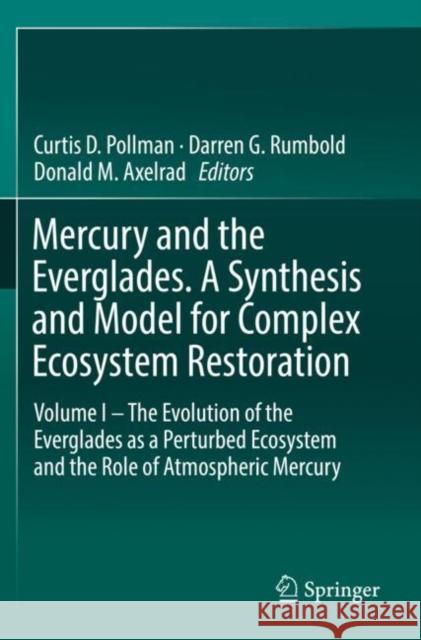Mercury and the Everglades. a Synthesis and Model for Complex Ecosystem Restoration: Volume I - The Evolution of the Everglades as a Perturbed Ecosyst » książka
topmenu
Mercury and the Everglades. a Synthesis and Model for Complex Ecosystem Restoration: Volume I - The Evolution of the Everglades as a Perturbed Ecosyst
ISBN-13: 9783030200725 / Angielski / Miękka / 2020 / 107 str.
Mercury and the Everglades. a Synthesis and Model for Complex Ecosystem Restoration: Volume I - The Evolution of the Everglades as a Perturbed Ecosyst
ISBN-13: 9783030200725 / Angielski / Miękka / 2020 / 107 str.
cena 685,93
(netto: 653,27 VAT: 5%)
Najniższa cena z 30 dni: 655,41
(netto: 653,27 VAT: 5%)
Najniższa cena z 30 dni: 655,41
Termin realizacji zamówienia:
ok. 22 dni roboczych
Bez gwarancji dostawy przed świętami
ok. 22 dni roboczych
Bez gwarancji dostawy przed świętami
Darmowa dostawa!
Kategorie:
Kategorie BISAC:
Wydawca:
Springer
Język:
Angielski
ISBN-13:
9783030200725
Rok wydania:
2020
Wydanie:
2019
Ilość stron:
107
Oprawa:
Miękka
Wolumenów:
01











